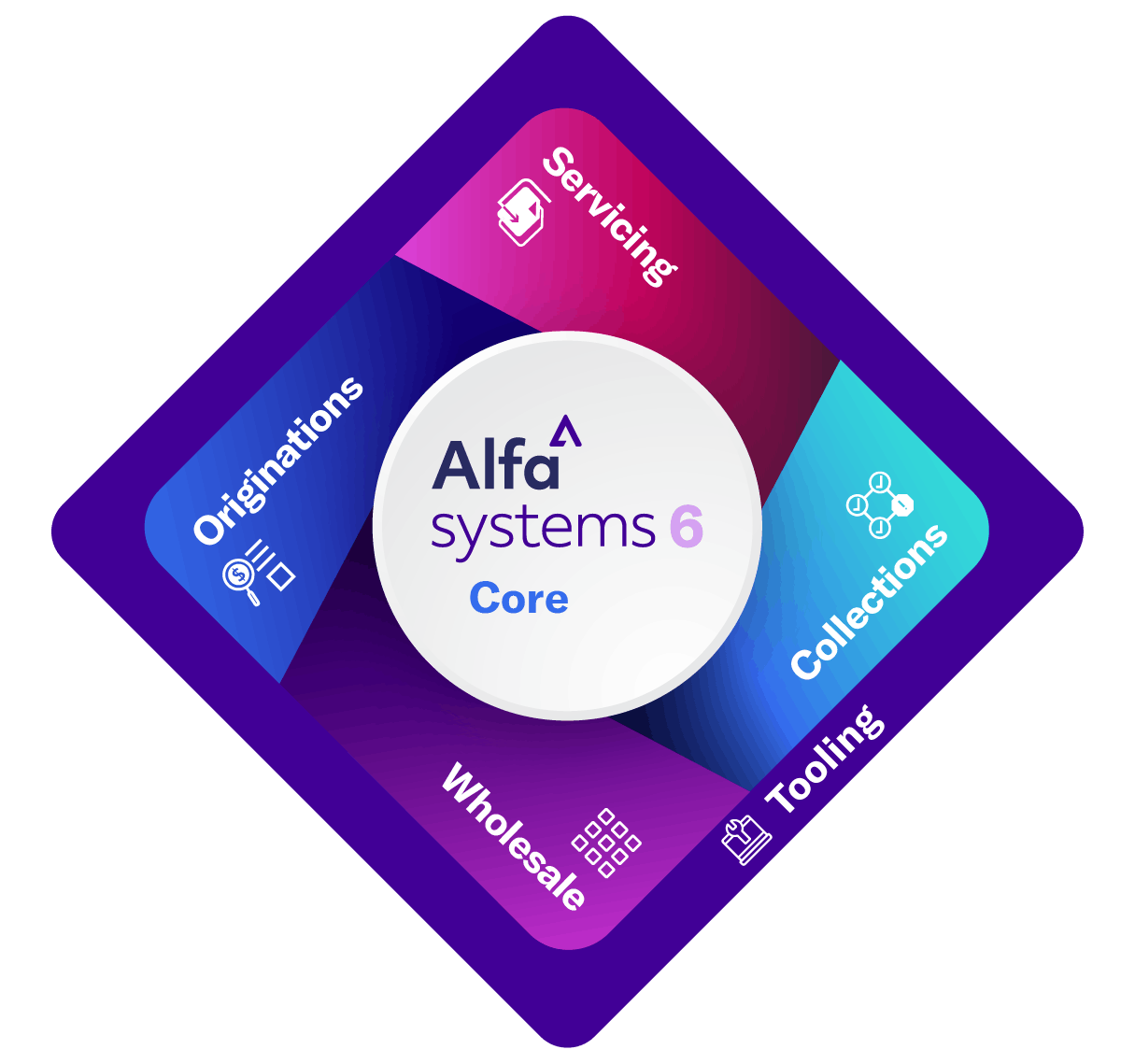VIEWPOINT: Making zero-touch funding a reality

Building true automation into the auto lending contract funding process is a balancing act. You need to onboard contracts cheaply and quickly, nurture dealer relationships and accommodate changing customer needs, all while staying fully compliant as fraudsters grow more sophisticated.
Like many complex tech challenges, solving this one takes a smart ecosystem of solutions using the latest innovations. Those who invest in these technologies give themselves a vital edge that can see funding times shrink from days to just minutes. And a smooth, fast experience builds lasting loyalty with both dealers and customers.

Combining native functionality with ecosystem orchestration to achieve enhanced automation and efficiency, Alfa Systems delivers next-level performance.
At Alfa, investment is innovation-driven, in areas such as intelligent document processing and other AI, business rules, internal and external workflow, and instantly composable workflow screens. In this way we make zero-touch funding the rule, rather than the exception.
Achieving ‘zero-touch’ funding
The funding process can be slow, prone to errors and resource-intensive. Zero-touch funding is essential for achieving speed, accuracy, and scalability in auto finance operations.
1. Layering IDP over e-contracting and e-signature
Well established in our industry, electronic contracting and signatures remove some of the complexities of paper contracting, providing considerable funding automation benefits. And if issues pop up, the feedback loop is quicker.
The next step is to layer IDP (intelligent document processing), for handling ancillary documents, onto this process. Thanks to AI, you can now extract data automatically from after-market forms, stipulations and other supporting materials. Combining this with a powerful business rules engine can significantly reduce manual processing.
2. Versatile validation, and crystal-clear dealer resolution
This sort of multifaceted contract validation requires a wide range of sophisticated business rules to accommodate specific tolerances and granular edge cases. That validation needs to be run, authored and audited consistently – and there’s a need for a regular ‘human in the loop’ to make sure the data shown is the same as what is in the document. Crucially, validation needs to be easy to configure and update, so you can adapt to evolving market dynamics.
When there are failures, being able to select which are communicated systematically to the dealer, and which are communicated actively, enables a quick and productive feedback loop.
3. Real-time dealer payments, and a quick transition to servicing
Following verification of contracts, your dealers want to know instantly when funding is in place.
They want to be paid, and have those contracts transfer automatically into servicing, without suffering the clunk of complex, error-prone file-based procedures.
Taking the pain out of manual touchpoints
Manual touchpoints are inevitable, and are usually needed for risk and compliance reasons, or to give your dealer networks the flexibility they deserve. But there are ways to minimise the pain.
1. Effective orchestration of people and procedures
In just the same way that you need flexibility over how issues are returned to dealers systematically, taking control over how manual resolutions are tackled is critical.
Intelligent routing sits at the heart of this. Consider a contract that has thrown up multiple issues and now requires input from both credit and funding. To avoid losing vital time reworking that contract, it could be smarter to route to credit first.
2. The right information, at the right time
Another important opportunity is ensuring pertinent information is displayed for the audience.
Users require issues to be presented clearly and consistently. They want to be able to work quickly without missing key information. So when they need to resolve an issue, they don’t want to go hunting for the data they need. That data can be different things, depending on the issue type, the user group or the product type.
3. Shared customer engagement
Where information is needed from the customer, lenders can typically request this through the dealer. But there are efficiencies to be gained by going directly to the end customer.
Being able to orchestrate such engagement without adding significant manual time to the process is another opportunity on the path towards meaningful funding automation.
LLMs (large language models) provide a low-cost, user-accessible way of collecting key information and stipulations, and can be combined with advanced neural networks capable of uncovering customer patterns that flag risk.
4. The role of data in making manual touchpoints automated
Whatever technologies you choose to deploy, taking a data-driven approach to efficiency and automation gains is key to performing accurate cost-benefit analysis.
Detailed, real-time insights help you direct change management and unlock the next focus for investment, based on evidence.

Originations in Alfa Systems covers direct and indirect lending, from quoting to funding.
Representing an integrated part of the Alfa Systems platform, it allows customers to take advantage of Alfa Systems’ total capability.
Talk to us
Alfa’s experience delivering efficient operations to complex top-tier lenders means we’re well placed to guide you in achieving your goals around originations, servicing, collections and beyond.
Make an Enquiry | Request a Demo | Learn more about Alfa Systems

